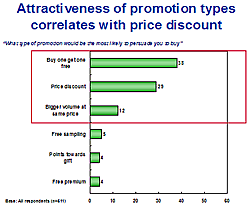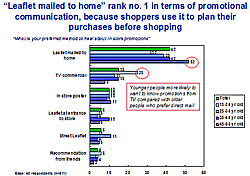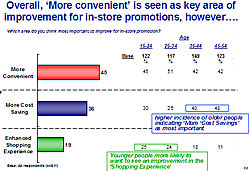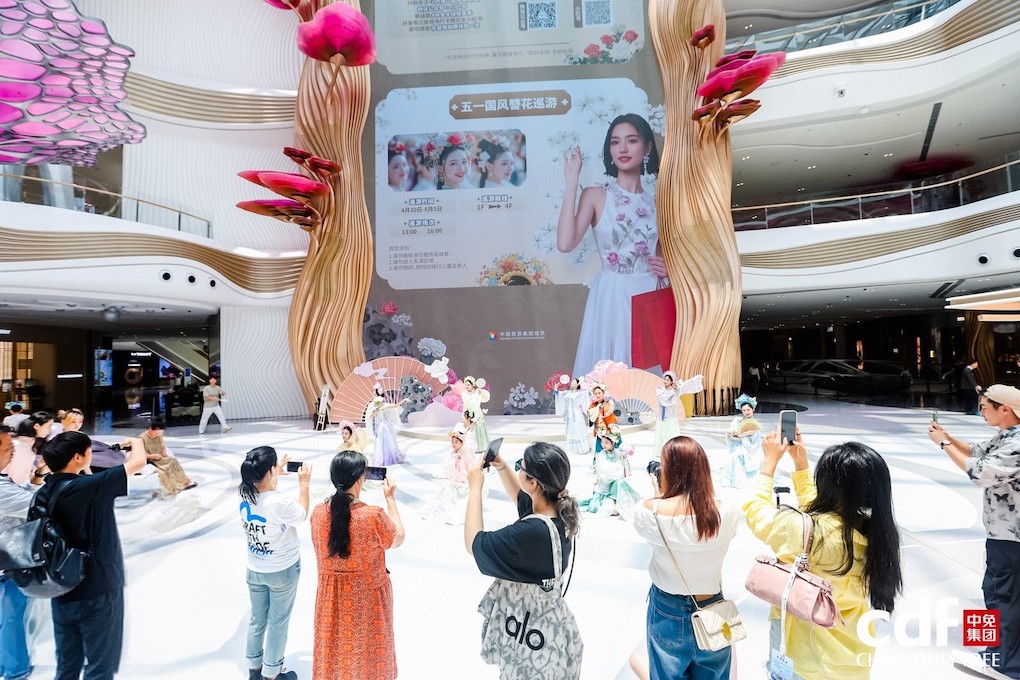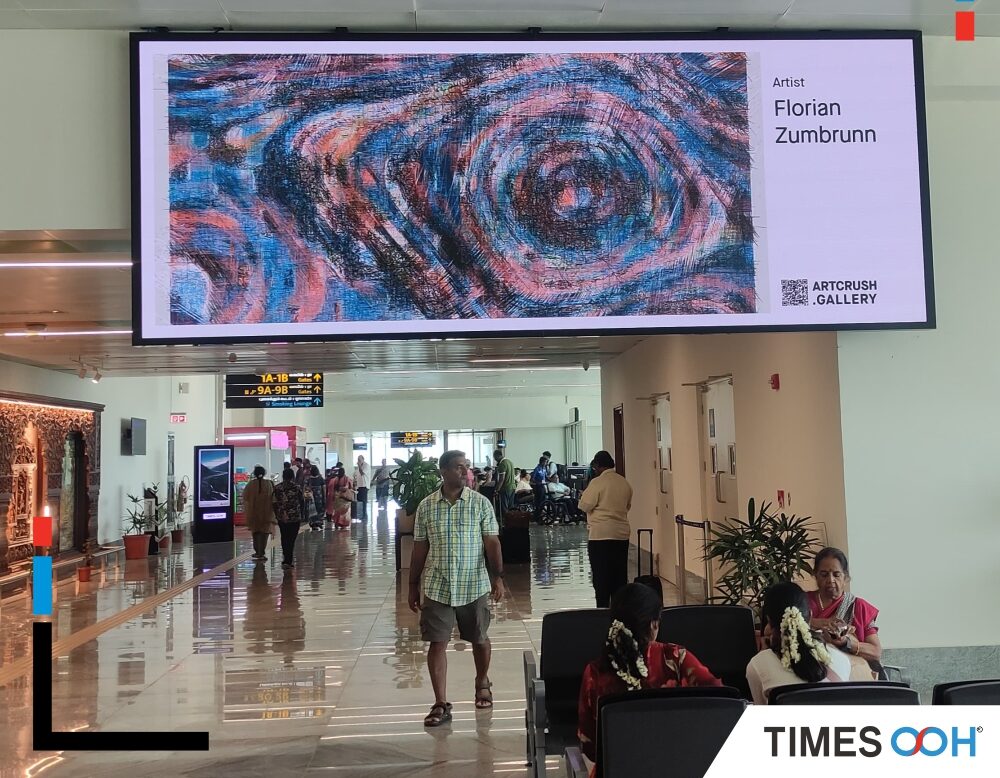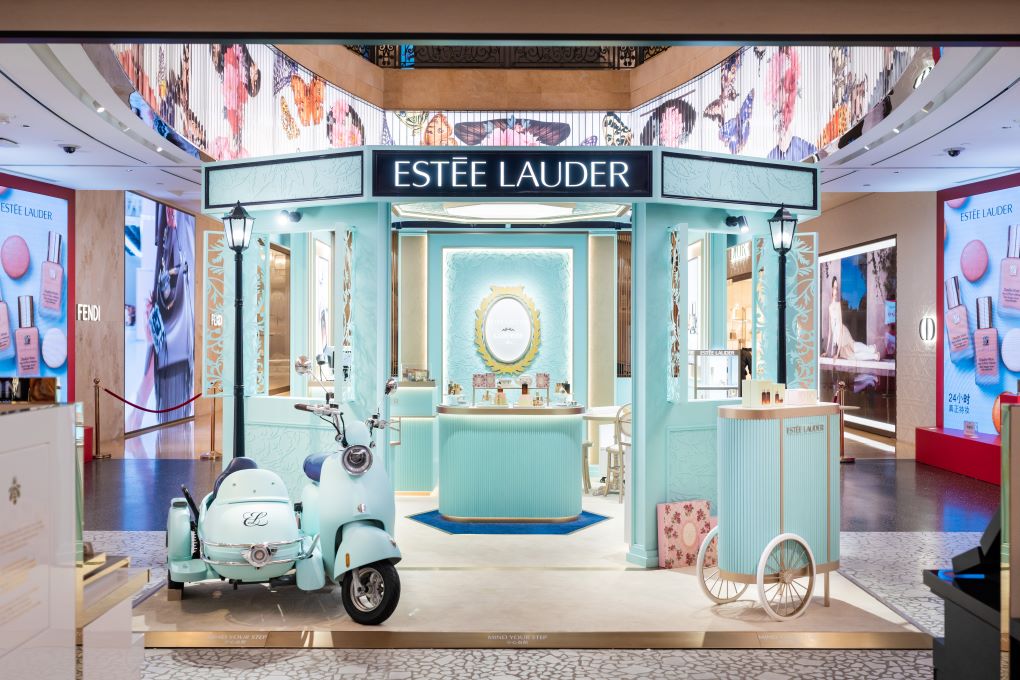 | “Retail is detail. When talking about promotions, detail is even more critical.” Glen Murphy, Managing Director, ACNielsen China |
CHINA. In-store promotions that speak directly to the individual Chinese shopper are more likely to influence the purchasing decision at point-of-sale than generic ones. That’s the conclusion of leading global market research company ACNielsen in an important new study.
The company examined the effectiveness of promotional activities based on a shopper study and its retail measurement of in-store activities.
Intensified competition has led to increased attention to in-store promotions. However, to ensure the best return on investment, marketers must identify and understand the psychographics, not merely the demographics of the shoppers, ACNielsen said.
“With increasing competition in and out of the stores, promotions are seen as a critical marketing tool to attract shoppers’ attention to a specific brand and generate sales. Evaluating and maximizing the effectiveness of these promotions is essential to the success of any consumer brand in China.” |
|
CHART 1. “What type of promotion would be most likely to persuade you to buy?”. Source: Copyright © 2005 ACNielsen |
“Retail is detail,” said Glen Murphy, Managing Director, ACNielsen China. “When talking about promotions, detail is even more critical. Whether it is about the discount level, or the package size, a thorough understanding of shoppers will help marketers ensure they’ve got the details right, and thereby have a greater chance of winning a greater share of shoppers’ attention and wallets.”
“Competition is the major trigger of this increased use of promotions,” said Murphy. “Our previous studies show the number of products available inside a store has been increasing over the past several years, which not surprisingly has driven to an escalation of marketing expenses.
“With increasing competition in and out of the stores, promotions are seen as a critical marketing tool to attract shoppers’ attention to a specific brand and generate sales. Evaluating and maximizing the effectiveness of these promotions is essential to the success of any consumer brand in China.”
In-store promotions critical to influencing shopping decision
“The focus on in-store promotions is being driven in principle by an increased attention to actual shoppers rather than consumers who may not necessarily make the shopping decisions,” Murphy noted.
The research suggests that effectively influencing shoppers’ decisions “˜on-the-spot’ is critical for marketers, as a lot of shopping decisions are made in store, at point of purchase, rather than out of stores.
“Marketers have found traditional marketing tools such as heavy advertising campaigns not enough to drive consumers’ loyalty to a brand, nor a greater share of wallet for a shopper faced with a huge amount of choice in-store,” said Murphy. “Promotions are therefore at the top of many marketers’ agendas nowadays.”
Shopper insights essential to the success of promotion campaigns
“A key factor marketers have overlooked to date is the insights into shoppers’ preferences and their involvement in relation to promotional activities,” said Murphy.
ACNielsen’s study uncovers differences in attitude and participation among different Chinese shopper groups, namely:
The housewives: Housewives cite “˜benefit for the whole family’ as a top priority when it comes to promotions. They are knowledgeable and keen on all kinds of promotions, and will always compare and calculate for better cost savings.
“A key factor marketers have overlooked to date is the insights into shoppers’ preferences and their involvement in relation to promotional activities.” |
|
CHART 2. “What is your preferred method to hear about in store promotions?”. Source: Copyright © 2005 ACNielsen |
“˜Flavour, brand and price’ are the most important stimuli for housewives in the decision-making process. Promotional information outside the store has an immediate influence on their plans before shopping.
In-store promotions serve the purpose of confirming their choice and helping them decide on the final purchase. Brand switching takes place in-store because they may find further cost saving promotions when shopping.
The youngsters: Shopping to this group of shoppers is more of an experience, ‘a discovery tour’. The study shows that they gravitate towards promotions that address their own individual needs. Their knowledge is limited to in-store only. In-store promotions serve as a recall for TV commercials. They are more attracted by new launches or creative or ‘inspiring’ promotions.
“We suggest that marketers develop a more effective communications message when formulating their promotions strategy by targeting specific consumer or shopper groups,” Murphy said.
“A corresponding link between out-of-store advertising and in-store promotions is also key to success. All these activities should reflect the brand image, irrespective of whether it is a consumer goods brand or a retailer banner.”
Direct monetary benefit the most attractive
Direct monetary saving from promotions are most preferred by grocery shoppers. The three most popular promotion types for shoppers are “˜Buy One Get One Free’ (38%), “˜Price Discount’ (29%) and “˜Bigger Volume at Same Price’ (12%). (See Chart 1)
The study claims that “˜Lucky draw’ and “˜Points for gifts’ were not as popular. They don’t offer immediate benefits, are usually complicated in procedures, and have little chance of successfully reaping the benefits.
“˜Leaflet Mailed to Home’ ranked as the shoppers’ first choice in terms of promotions communications because they generally plan their purchases before shopping.
“A corresponding link between out-of-store advertising and in-store promotions is also key to success. All these activities should reflect the brand image, irrespective of whether it is a consumer goods brand or a retailer banner… What this says to marketers is really how to make your promotions more readily available for shoppers, to facilitate their shopping decision and lighten up their shopping experience in general.” |
|
CHART 3. “Which area do you think most important to improve for in-store promotion?”. Source: Copyright © 2005 ACNielsen |
“˜TV commercials’ and “˜In store posters’ ranked second on the list. However, younger people were more likely to learn about promotions from TV commercials compared with older people who prefer direct mail. (See Chart 2)
An effective promotions communication should be eye catching and in a convenient location.
“An eye-catching location is essential to attract shoppers’ attention to promotions in store. A gondola end, for example, is one of the preferred locations,” said Murphy.
“˜Convenience’ is the key area to improve
For current in-store promotions, housewives are satisfied, as promotions already fulfill their needs in terms of value for money. Youngsters, however, are not. They felt overwhelmed with the promotion information which often looks similar.
Both groups shared a common expectation for ideal promotions which should be “˜convenient’ and “˜exciting’ although the word “˜exciting’ seems to be interpreted quite differently. “˜Exciting’ to the housewife is about more promotions and cost savings. For youngsters, it is about creativity or uniqueness.
“˜More convenient’ is seen as a key area of improvement for in-store promotions. Some 45% of the respondents claimed “˜More convenient’ as most important, followed by “˜More cost saving’ (36%) and “˜Enhanced shopping experience’ (19%). Older people cited greater cost savings as the most important factor. The younger ones were more likely to want an improvement in the shopping experience. (See Chart 3)
“What this says to marketers is really how to make your promotions more readily available for shoppers, to facilitate their shopping decision and lighten up their shopping experience in general,” Murphy concluded.
To find out more on the services offered by ACNielsen China, contact Helen Rong, ACNielsen China at +86 21 5385 5000 ext. 637; fax +86 21 5385 5261; email: helen.rong@acnielsen.com; website: www.acnielsen.com.cn.
MORE STORIES ON ACNIELSEN
Mainland Chinese among the world’s most optimistic consumers, says ACNielsen survey – 20/06/05

